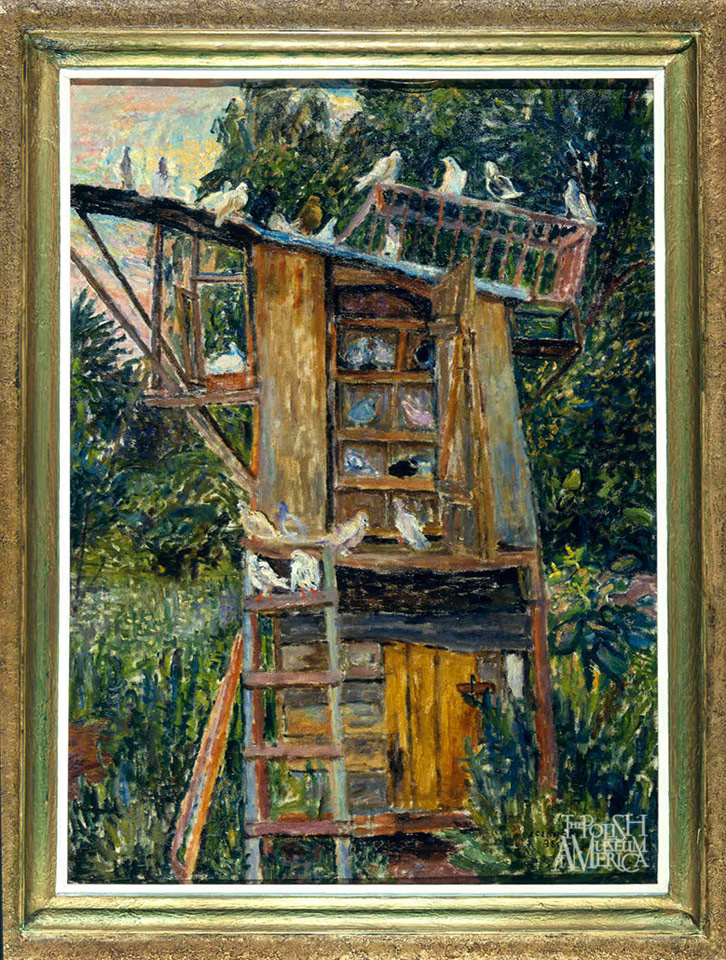
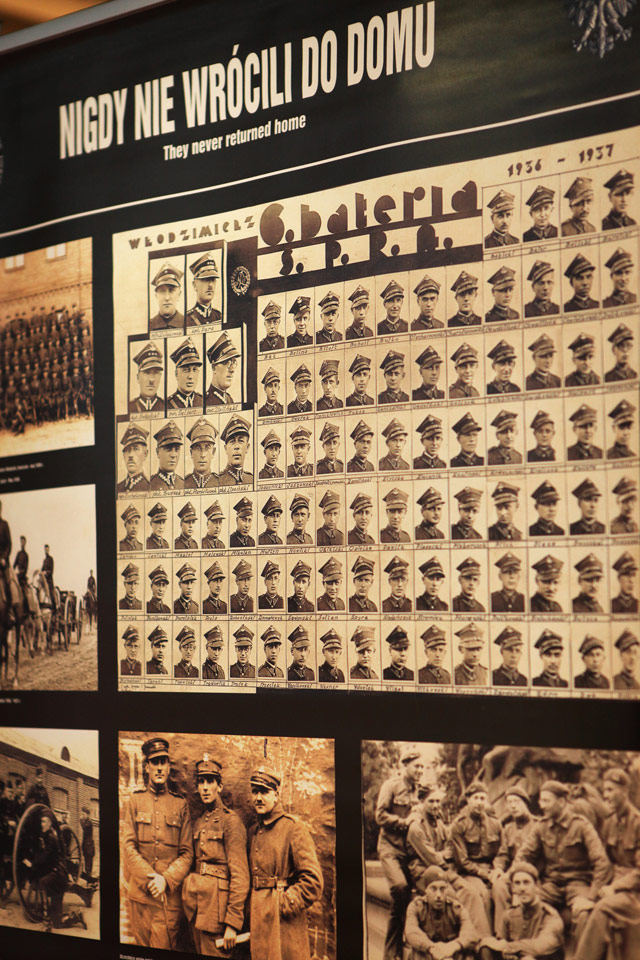
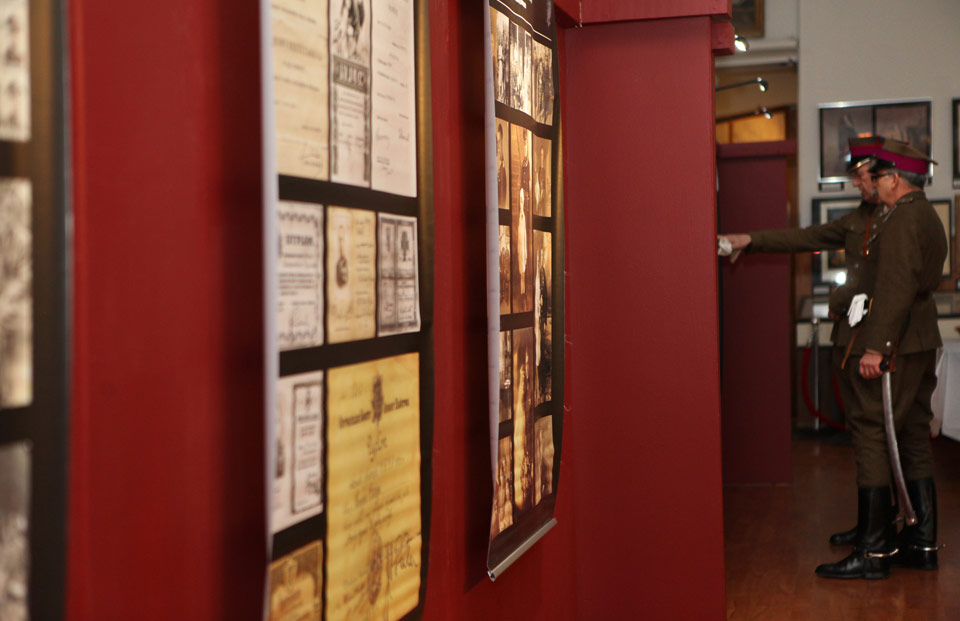
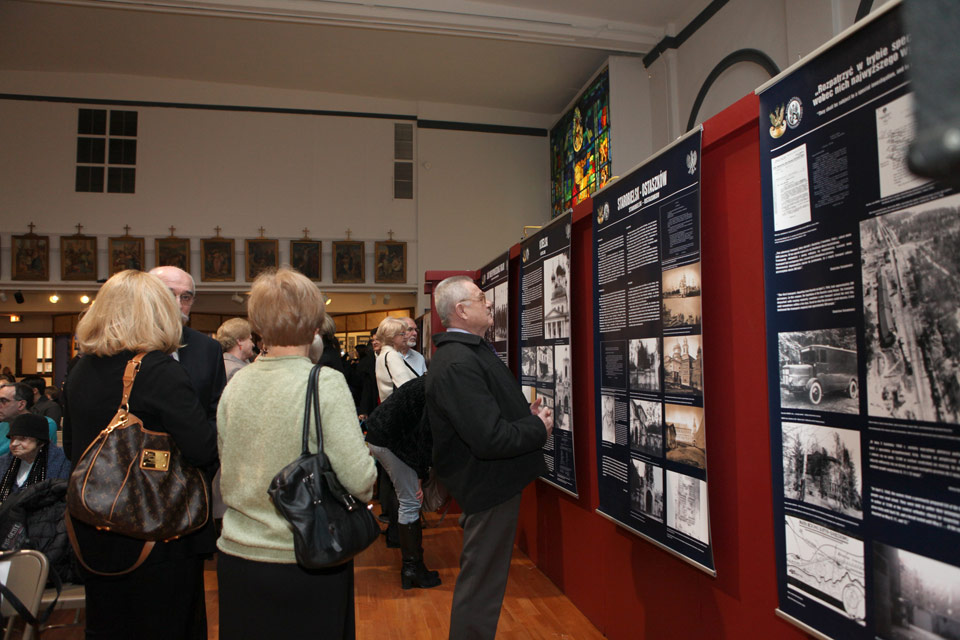
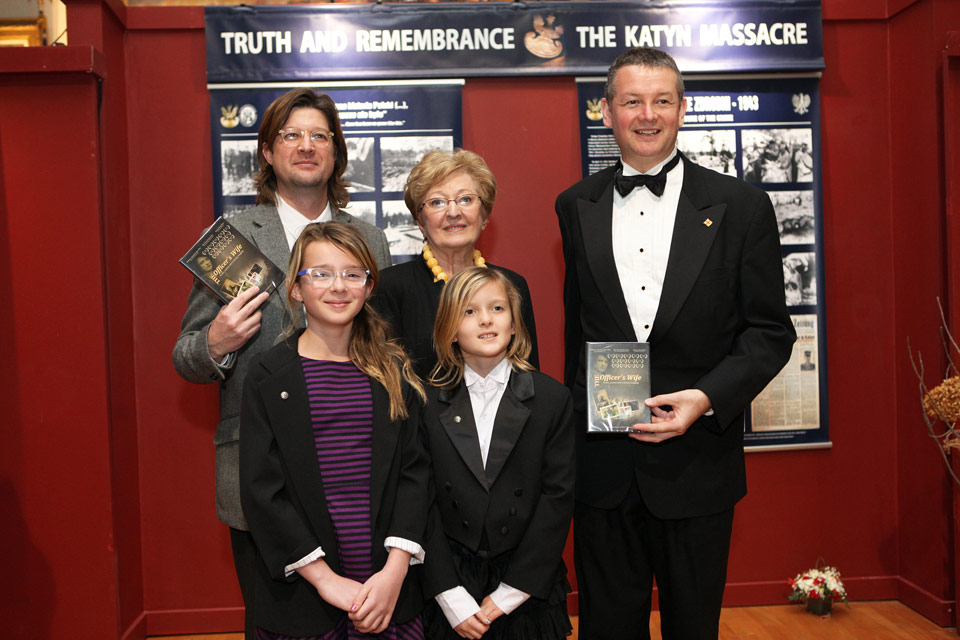
April 10 we mark 81 yrs since the genocide committed by Stalin on Polish military officers and intellectuals in Katyn, Russia.
This specific Katyn forest is a burial ground of Poles, arrested by NKVD (Soviet secret police) in 1939/40 after the USSR invaded Poland on Sept. 17, 1939. The Polish London govt. in exile head, PM & Polish Forces Chief Gen. Wladyslaw Sikorski demanded, both, from the Allies and Stalin-the whereabouts of tens of thousands of Polish missing personnel. Finally, in April 1943, the Germans (who invaded their ally Russia in June 1941) exposed mass grave pits in Katyn. Red Cross pathologists determined that victims shot in the back of the head were in fact those Polish officers who disappeared in 1940. Russians never admitted nor accepted responsibility for this massacre until Russian President Yeltsin in the 1990s handed over, to Poland, documents that contained evidence of Russian perpetration. In the 1950s the U.S. Senate established a special committee to investigate the Katyn genocide which determined Soviet guilt. Historians have examined Katyn for years as did Polish Officers who survived Soviet internment like Jozef Czapski, a renowned Polish artist and former Army officer, or Jozef Mackiewicz, a Polish writer. He first compiled docs related to Katyn entitled “The Katyn murder in light of new evidence” and the first Katyn related book: “Katyn-crime without trial or punishment” (pol. Katyń zbrodnia bez sądu i kary). This April 10 is also the somber memorial of the Smolensk tragedy of 11 yrs ago. Polish President Lech Kaczynski + 96 member delegation perished in a plane crash near Katyn where they were headed for its 70-anniversary remembrance ceremonies. Until today no one has been prosecuted or punished for Katyn or the unsolved mystery of the Smolensk deadly catastrophe. May all our good Heroes rest in peace!
Beatrix Czerkawski
Photo shows PMA collection Czapski oil painting Dovecot and our extraordinary Katyn Exhibit.
#katynfilm #smolenskcatastrophe
